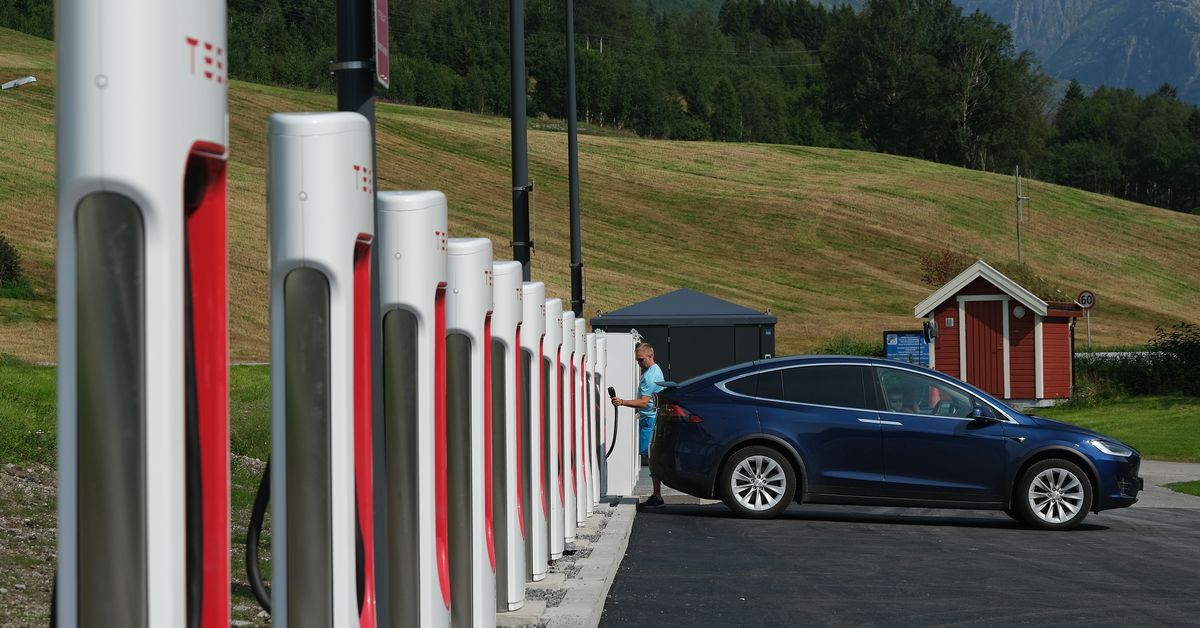- cross-posted to:
- technology@lemmy.world
- europeans@lemmy.world
- fuckcars@lemmy.world
- cross-posted to:
- technology@lemmy.world
- europeans@lemmy.world
- fuckcars@lemmy.world
TL;DR: Norway subsidised electric cars a lot, that money went to the rich more than the poor, and left them with less money to spend on transit which delivers better outcomes for cities.



This is the best summary I could come up with:
Norway’s muscular EV push has garnered headlines in outlets like the New York Times and the Guardian while drawing praise from the Environmental Defense Fund, the World Economic Forum, and Tesla CEO Elon Musk.
Worse, the EV boom has hobbled Norwegian cities’ efforts to untether themselves from the automobile and enable residents to instead travel by transit or bicycle, decisions that do more to reduce emissions, enhance road safety, and enliven urban life than swapping a gas-powered car for an electric one.
The federal government now offers tantalizing rebates to Americans in the market for an electric car, but nothing at all for more climate-friendly vehicles like e-bikes or golf carts (nor a financial lifeline for beleaguered public subway and bus systems).
“The argument is to make the tax system more fair,” said transportation state secretary Kroglund, “and not give benefits for things that are unnecessary for the transition to EVs.” As a result of the new policies, Norwegian sales of some high-end EVs, like the enormous Chinese Hongqi SUV, have collapsed.
The national government’s decision to subsidize electric cars but not e-bikes makes no sense from a climate perspective, although the United States Congress made the same mistake when it passed the Inflation Reduction Act last year.
But if local initiatives aren’t matched with supportive federal policies, Norway’s experience suggests that an influx of electric vehicles can hinder efforts to escape the automobile’s urban stranglehold.
The original article contains 2,849 words, the summary contains 236 words. Saved 92%. I’m a bot and I’m open source!